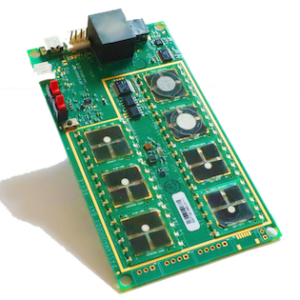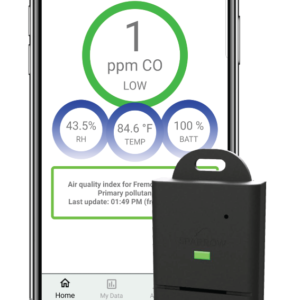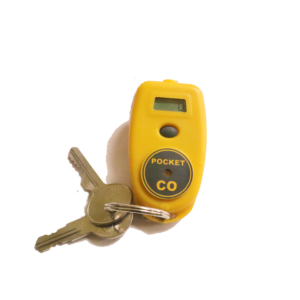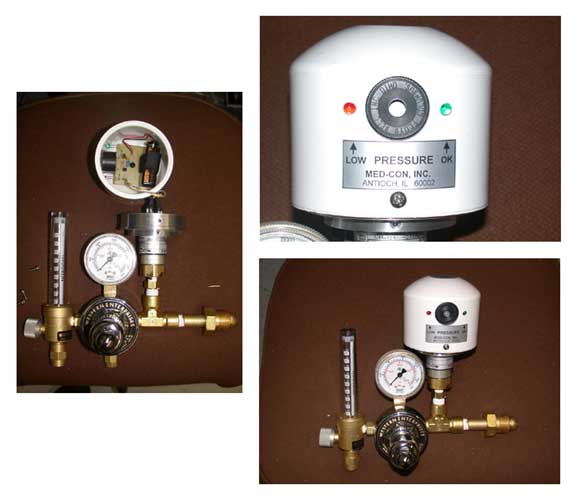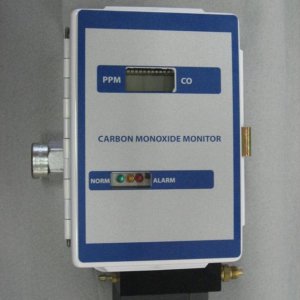Note to journalists: Please report that this research will be presented at a meeting of the American Chemical Society.
SAN FRANCISCO, Aug. 12, 2014 — Criminals are smuggling an estimated $30 billion in U.S. currency into Mexico each year from the United States, but help could be on the way for border guards,
researchers will report here today. The answer to the problem: a portable device that identifies specific vapors given off by U.S. paper money.
They will present the new research at the 248th National Meeting & Exposition of the American Chemical Society (ACS), the world’s largest scientific society. The meeting features nearly 12,000 reports on new advances in science and other topics. It is being held here through Thursday.
In the past fiscal year, law enforcement officials say they uncovered more than $106 million in smuggled cash headed from the U.S. to Mexico. But this was only a small portion of the billions that made it across the border undetected — hidden among belongings, in clothing or elsewhere. The bulk of that currency is laundered drug money. Travelers crossing the U.S./Mexico border are required to report cash or endorsed checks over $10,000. If they don’t declare larger sums, the money that is found can be seized.
“We’re developing a device that mimics the function of trained dogs ‘sniffing’ out concealed money, but without the drawbacks, such as expensive training, sophisticated operators, down time and communication limitations,” says Suiqiong Li, Ph.D., a member of the research team. “The system would extract gas samples from the traveler or from bags, vehicles and shipping containers. It would detect the trace currency emission signature even in the presence of car exhaust, perfumes, food and a range of temperatures, atmospheric pressures and relative humidity.”
Li says the technique, known as the Bulk Currency Detection System (BCDS), should work effectively within the seconds or few minutes it takes for border inspections. It involves gas chromatography/mass spectrometry (GC/MS), a widely used analytical technique. Experts already use this method for analyzing vapors to detect drugs and explosives, as well as to investigate the causes of fires and identify unknown compounds. But the current way to uncover smuggled money depends on checks by guards or trained dogs, without the benefit of any devices, according to Li.
The BCDS is being designed to find the emissions signature of the currency despite the presence of strong background gases and contaminants. It would be an automated, hidden-money screening system, using GC/MS plus solid-phase microextraction and a thermal desorption technique. BCDS would automatically extract, preconcentrate and analyze the gases, Li explains.
When developing the device, the researchers first had to figure out which gases money emits and how fast that happens. It turned out that the gases are a set of trace chemicals, including aldehydes, furans and organic acids.
“We have found that U.S. currency emits a wide range of volatile organic compounds that make up a possible ‘fingerprint’ that we can identify in less than a minute,” explains Joseph Stetter, Ph.D., principal investigator for the study. He and Li are with KWJ Engineering, Inc. This is the first report of the feasibility of sampling emission rates with a practical, money-detecting device, he says. To capture the gases, which are specific to U.S. paper money, guards would pass a probe over clothing or into baggage. If the probe detects a high intensity of the gases, it will indicate that a large amount of money likely is present, he says.
The researchers say the device should lead to a significant improvement in detecting smuggled currency and have a strong economic impact for the United States. Stetter estimated that it would take from two to three years to develop the device for use by border guards.
The researchers acknowledge funding from the U.S. Department of Homeland Security, Office of Technology Development.
The American Chemical Society is a nonprofit organization chartered by the U.S. Congress. With more than 161,000 members, ACS is the world’s largest scientific society and a global leader in providing access to chemistry-related research through its multiple databases, peer-reviewed journals and scientific conferences. Its main offices are in Washington, D.C., and Columbus, Ohio.

